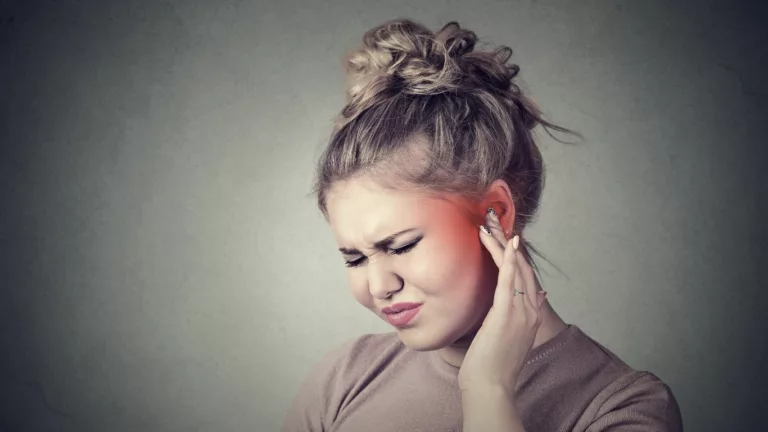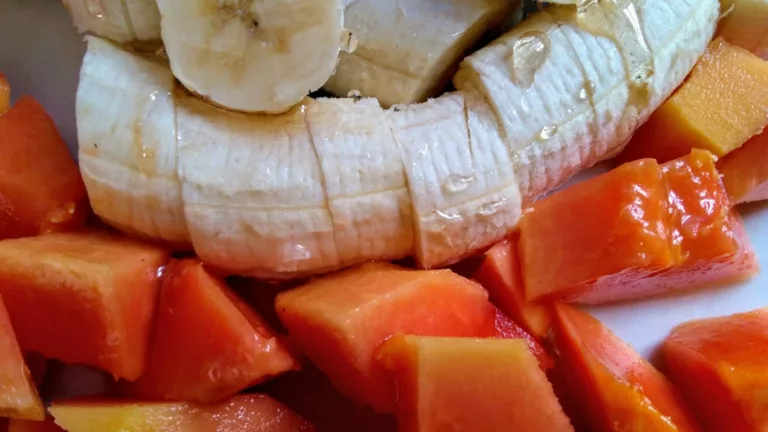Can a Low-Carb Diet Fix High Blood Pressure? Discover How!
As an Internal Medicine Physician specializing in hypertension management, I’ve seen firsthand how challenging it can be for patients to manage high blood pressure. For many, medications are the first line of defense. But, what if there was a more natural way to lower blood pressure? One of the questions I often get asked by patients is: Can a low-carb diet fix high blood pressure? It’s a good question, and one that’s becoming more popular in health discussions these days. The relationship between diet and hypertension is something I find myself diving into frequently with patients. And while there isn’t a one-size-fits-all answer, there’s certainly a lot to unpack when it comes to the potential benefits of a low-carb approach for managing blood pressure.
Understanding High Blood Pressure and Its Risks
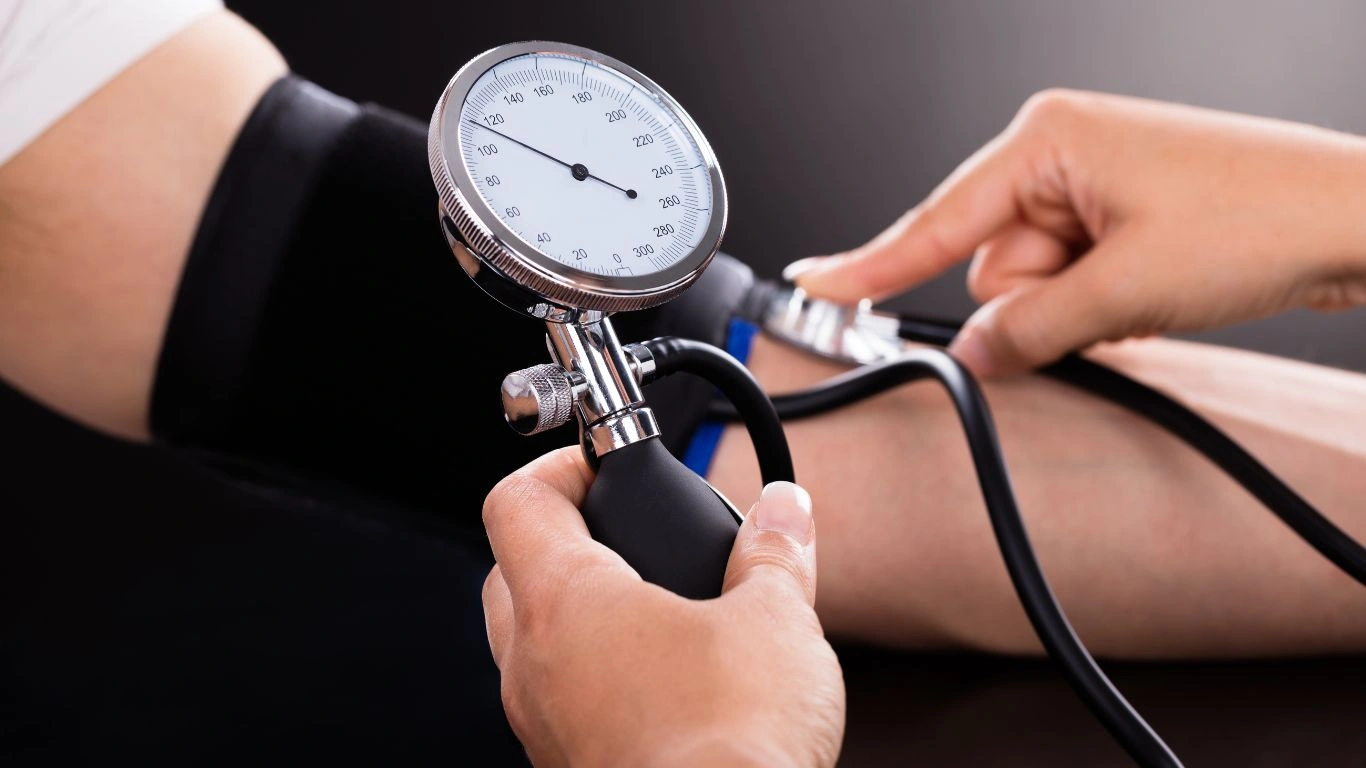
Before we dive into whether a low-carb diet can fix high blood pressure, let’s take a quick look at what high blood pressure is and why it’s such a big deal. High blood pressure, or hypertension, occurs when the force of the blood against your artery walls is too high. Over time, this increased pressure can cause serious health problems, including heart disease, stroke, kidney damage, and even vision loss. It’s often called the “silent killer” because it typically doesn’t show symptoms until it’s too late.
In my practice, I’ve seen how often high blood pressure can go unnoticed for years, silently damaging vital organs. The problem is that high blood pressure doesn’t usually hurt or show obvious symptoms until it becomes severe. That’s why regular check-ups and monitoring are key in managing the condition before it leads to more serious complications. And when it comes to managing it, lifestyle changes, like diet and exercise, can be just as important as medications in some cases.
Can a Low-Carb Diet Really Lower Blood Pressure?

So, can a low-carb diet fix high blood pressure? The short answer is that it can help. But there’s a lot more to it than just cutting carbs out of your diet. A low-carb diet generally reduces the number of carbohydrates you eat, such as those found in grains, starchy vegetables, and sugary foods. Instead, it focuses more on proteins and healthy fats, like those found in fish, nuts, and olive oil.
What’s fascinating about the research on low-carb diets is that several studies have suggested that they can help lower blood pressure, particularly in people who are overweight or obese. And here’s why: when you cut down on carbs, you often cut down on processed foods that are high in salt, sugar, and unhealthy fats—things that contribute to high blood pressure.
Moreover, when you reduce your carbohydrate intake, your body starts burning fat for fuel instead of glucose. This shift can help with weight loss, and as we know, weight loss is a key factor in managing hypertension. Less weight on your body means less strain on your heart and arteries, which translates to lower blood pressure. I’ve seen patients who’ve made significant improvements in their blood pressure simply by focusing on reducing carbs and adopting a healthier, more balanced diet.
The Link Between Insulin Resistance and Hypertension
One of the underlying factors in high blood pressure that a low-carb diet can help address is insulin resistance. Insulin resistance is when your body doesn’t respond well to insulin, a hormone that regulates blood sugar levels. As a result, your body needs to produce more insulin to keep blood sugar levels stable. Over time, this can lead to higher blood pressure.
In fact, insulin resistance is often found in people with high blood pressure and obesity, which is why the low-carb diet approach can be particularly beneficial. When you reduce carbs, especially refined carbs, you help regulate insulin levels in your body. This helps your body respond better to insulin, reducing the need for excess insulin production, which in turn can help lower blood pressure.
Personal Experience: How I’ve Seen It Work
In my own experience, many of my patients who’ve adopted a low-carb diet have seen positive changes in their blood pressure readings. Of course, it’s not an overnight fix, and every person’s body responds differently. But one common theme I’ve noticed is that people tend to experience better overall health when they embrace a balanced, lower-carb lifestyle.
For example, one of my patients, a middle-aged woman with high blood pressure, decided to give a low-carb approach a try after hearing about its potential benefits. Initially skeptical, she replaced her usual carb-heavy meals with lean proteins and healthy fats, while cutting out sugary snacks. After a few weeks, she reported feeling more energetic, and her blood pressure dropped significantly during our next check-up.
While this is just one example, it’s a pattern I’ve seen repeatedly. But it’s important to remember that a low-carb diet isn’t a magical cure-all. It’s just one tool in a broader lifestyle change that can help manage high blood pressure. That means it should be paired with other healthy habits, like regular exercise, stress management, and maintaining a healthy weight.
Does a Low-Carb Diet Have Other Health Benefits for People with High Blood Pressure?
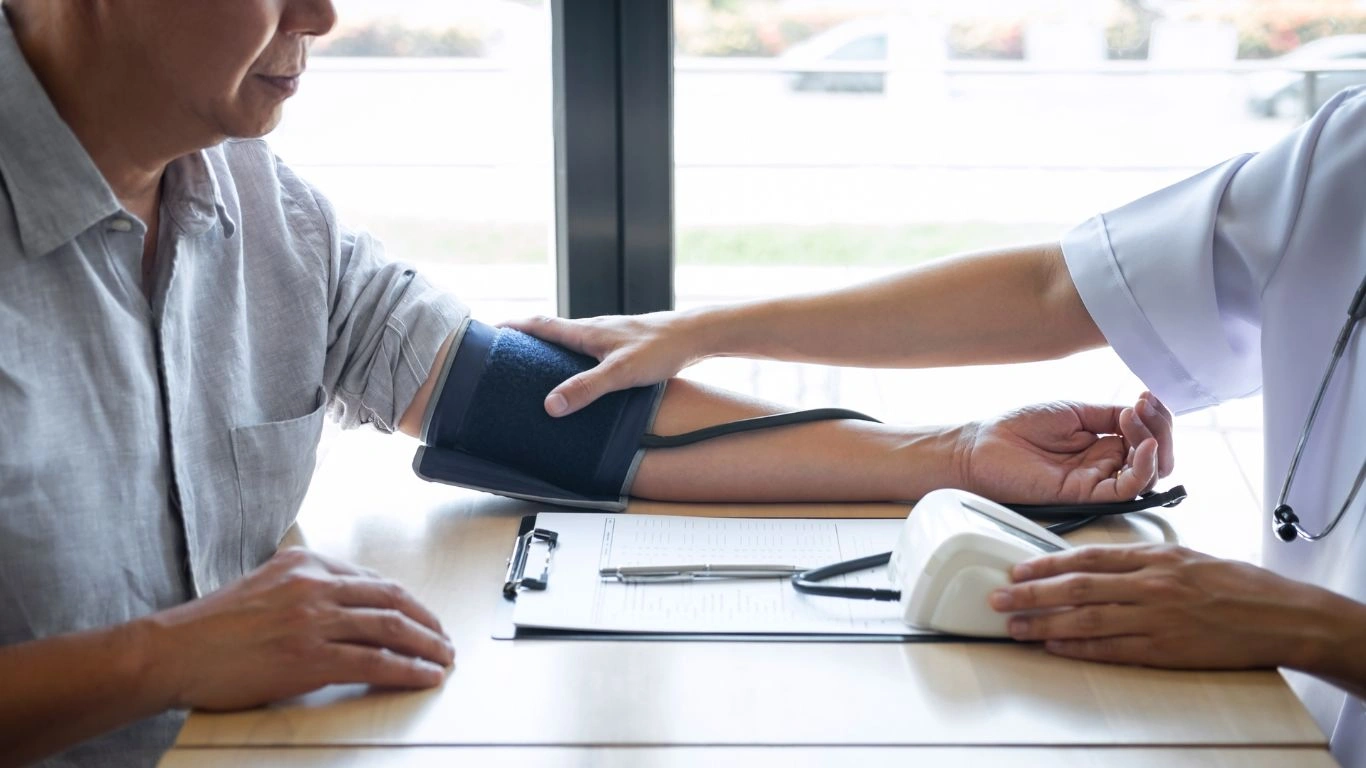
Aside from its potential to lower blood pressure, a low-carb diet can offer several other benefits for those managing hypertension. For one, it can lead to significant weight loss, which is often directly correlated with improvements in blood pressure. Additionally, a low-carb diet tends to reduce inflammation in the body. Chronic inflammation is another contributor to high blood pressure and cardiovascular disease, so this is another potential benefit.
Furthermore, low-carb diets have been shown to improve cholesterol levels, which is important for heart health. Many people with high blood pressure also struggle with elevated cholesterol, so addressing this issue through diet can have a positive impact on overall cardiovascular health.
Ultimately, adopting a low-carb diet might not be the only solution to high blood pressure, but it can certainly be a significant part of a broader strategy to manage this condition effectively. I always tell my patients that the best approach is one that incorporates a variety of lifestyle changes, including diet, exercise, and regular monitoring. When these elements come together, managing high blood pressure becomes much more manageable.
Potential Downsides and Considerations of a Low-Carb Diet for Hypertension

While a low-carb diet can offer benefits for lowering blood pressure, it’s not all sunshine and rainbows. Like any major dietary shift, it comes with its own set of considerations. It’s essential to take a holistic approach when deciding if this type of diet is right for you, especially when managing hypertension.
One of the primary challenges I often see with my patients is the difficulty in maintaining such a restrictive diet. Cutting out carbs means avoiding a lot of your typical comfort foods—like pasta, bread, and even fruits that are naturally sweet. For some, this shift can feel overwhelming and restrictive, leading to frustration and, sometimes, a lack of long-term commitment to the diet.
Another downside of the low-carb diet is that it’s not always easy to balance it with other lifestyle changes. For example, if someone is also trying to exercise more or manage stress, they might feel like they’re taking on too many changes at once. I always encourage my patients to take things slowly and integrate changes gradually, rather than overhauling their entire routine at once. This can help prevent burnout and increase the likelihood of long-term success.
Are There Any Risks to a Low-Carb Diet?

It’s also important to understand that the low-carb diet might not be suitable for everyone. For instance, those with certain underlying health conditions, such as kidney disease, might need to be cautious. In my practice, I’ve seen that some patients who already have kidney problems need to limit their protein intake, which can be high on a low-carb diet. That’s why it’s important to consult with your doctor before making such a dramatic change to your eating habits.
Additionally, some individuals may experience what’s known as the “keto flu” when starting a low-carb diet, especially if they’re cutting out carbs very suddenly. Symptoms can include headaches, fatigue, dizziness, and irritability. This is your body adjusting to a new fuel source—fat instead of carbs. While these symptoms generally subside after a few days or weeks, it’s not uncommon for people to feel a bit off during this adjustment period. Again, this is something I’ve seen many patients experience, but most get through it with a little patience.
Balancing Nutrients for Long-Term Health
Another important thing to keep in mind is that a low-carb diet can sometimes lead to an imbalance of nutrients. While cutting out carbs, especially refined sugars, can have clear benefits, it’s essential to make sure you’re still getting a wide variety of vitamins, minerals, and fiber from other sources. Many low-carb diets are high in fats and proteins, which are great for providing energy and satiety. However, it’s also crucial to make sure you’re incorporating plenty of vegetables, healthy fats like olive oil, and even some low-carb fruits to ensure you’re not missing out on key nutrients.
As I mentioned earlier, the main goal when considering a diet change should be balance. Yes, cutting back on processed carbs can certainly help with blood pressure, but make sure your diet doesn’t become too restrictive to the point that you’re eliminating whole food groups. As an advocate for balanced nutrition, I always remind my patients that variety is the spice of life—and it’s key to long-term health.
The Science Behind the Low-Carb Diet’s Impact on Hypertension

There’s a growing body of scientific research that supports the idea that a low-carb diet can help lower blood pressure. In fact, several studies have shown that people who follow low-carb diets often experience significant drops in both systolic and diastolic blood pressure. Some studies have even indicated that these changes can occur relatively quickly—sometimes within the first few weeks of starting the diet.
One reason for this is that low-carb diets often lead to rapid weight loss, which, as we discussed earlier, can directly lower blood pressure. But there’s more to it than just shedding pounds. When you reduce carbs, particularly processed carbs, you’re also cutting down on foods that are typically high in salt and unhealthy fats—two dietary factors that contribute to high blood pressure.
Another aspect to consider is how low-carb diets impact the body’s insulin levels. As I mentioned before, insulin resistance is a common issue for those with hypertension. When you reduce carbs, you lower the body’s need for insulin, which can help reduce blood pressure over time. The decrease in insulin levels also has other health benefits, such as reducing inflammation and improving heart health, both of which are crucial when managing high blood pressure.
What the Research Says
One interesting study published in the journal Hypertension found that participants who followed a low-carb diet for just eight weeks experienced a significant reduction in blood pressure compared to those who continued with a high-carb diet. The researchers concluded that a low-carb diet might be an effective option for managing hypertension, especially for those who are overweight or obese.
Similarly, another study published in the American Journal of Clinical Nutrition found that a low-carb diet not only reduced blood pressure but also improved cholesterol levels, making it an attractive option for people at risk for heart disease. These findings align with what I’ve seen in my own practice. For some patients, a low-carb diet has not only helped lower blood pressure but has also improved their overall heart health.
However, it’s important to note that the benefits of a low-carb diet on blood pressure may not be as pronounced in people who are already at a healthy weight or who have well-controlled hypertension. This is why it’s essential to assess each person’s unique situation before recommending any significant dietary changes. Like I always tell my patients, the best approach is one that’s tailored to your specific needs and health goals.
In the end, the science is clear: A low-carb diet can offer real benefits for people with high blood pressure. However, as with any dietary change, it’s important to consult with a healthcare provider and make sure you’re approaching it in a safe and sustainable way.
Practical Tips for Adopting a Low-Carb Diet to Manage Hypertension

Now that we’ve talked about the science and potential benefits of a low-carb diet for high blood pressure, it’s time to dive into the practical side of things. If you’re thinking about giving this approach a try, you’re probably wondering: Where do you even start? Let’s break it down.
First things first, you don’t have to go cold turkey on carbs. That’s one of the biggest mistakes I’ve seen people make. When people try to go full throttle with drastic carb cuts, they often get overwhelmed and give up quickly. Instead, I recommend easing into it. You can start by reducing the amount of processed carbs you eat, like pastries, pasta, and white bread, and gradually replace them with healthier options like leafy greens, nuts, seeds, and low-carb vegetables like zucchini or cauliflower.
For my patients, I often suggest replacing one or two meals a day with low-carb alternatives, such as a salad with grilled chicken or a vegetable stir-fry with lean protein. This allows them to start feeling the benefits without making the diet feel like an insurmountable challenge. Once they get used to it, they can start making more substantial changes, like reducing carbs at all meals.
Creating a Low-Carb Grocery List
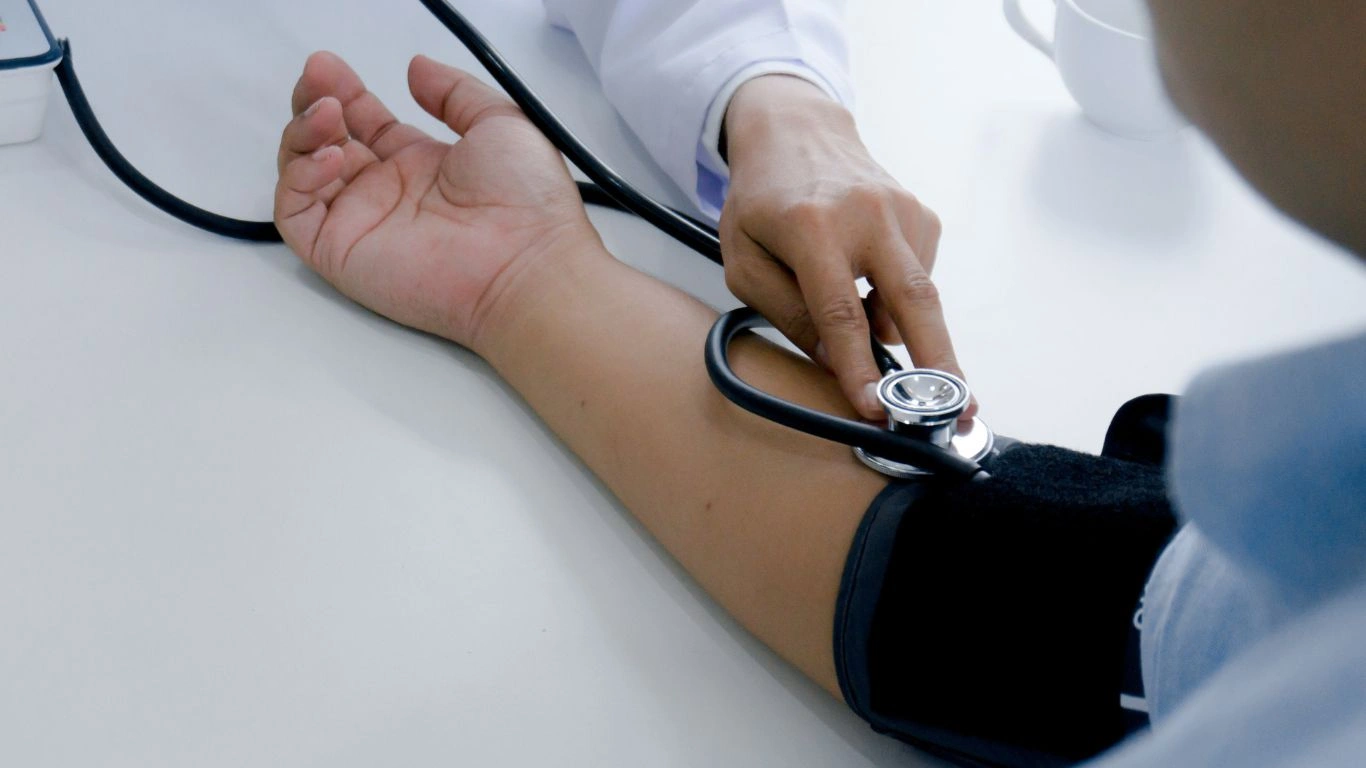
Grocery shopping is one of the key aspects of a low-carb diet, but it doesn’t have to be complicated. I always tell my patients that the key is focusing on whole, unprocessed foods. The more natural and unrefined, the better. Here’s a quick list of foods to keep in your cart:
- Protein sources: Lean meats like chicken, turkey, and fish. Eggs and plant-based proteins like tofu are also great choices.
- Healthy fats: Avocados, olive oil, and nuts are rich in healthy fats that help with satiety.
- Low-carb vegetables: Leafy greens, zucchini, cauliflower, broccoli, and bell peppers are all great choices.
- Low-carb fruits: Berries like strawberries, raspberries, and blueberries are lower in carbs compared to tropical fruits like bananas and pineapples.
- Snacks: If you need a quick snack, try raw almonds, hard-boiled eggs, or even a handful of olives.
On the flip side, try to avoid foods that are high in refined carbs, like sugary snacks, chips, white bread, and processed meats. They may be tempting, but they won’t help you in the long run, especially when you’re trying to manage your blood pressure. If you’re unsure about what to avoid, it’s always a good idea to work with a nutritionist or your doctor to create a personalized grocery list that fits your specific needs and goals.
Exercise and Stress Management: A Perfect Pairing with a Low-Carb Diet
Diet alone isn’t always enough to manage high blood pressure—exercise and stress management play a huge role too. In my experience, patients who combine a low-carb diet with regular physical activity and effective stress-reducing techniques tend to see the best results.
Exercise helps improve circulation, strengthens the heart, and contributes to weight loss—all of which help reduce blood pressure. I recommend incorporating both cardio (like walking, jogging, or cycling) and strength training (such as weight lifting or bodyweight exercises) into your routine. Even something as simple as a brisk 30-minute walk every day can work wonders for your blood pressure and overall well-being.
Equally important is managing stress. Chronic stress is one of the major contributors to high blood pressure. I know it’s easier said than done, but finding effective ways to relax and unwind can make a world of difference. Meditation, deep breathing exercises, yoga, and even a relaxing bath at the end of the day can help lower stress and contribute to better blood pressure management. Personally, I’ve found that when patients commit to both a low-carb diet and stress management practices, the results tend to be even more significant.
References and Resources for More Information
For those of you who are interested in diving deeper into the science behind low-carb diets and hypertension, I highly recommend checking out these resources:
- Health.com – For articles on diet, health tips, and the latest research on managing hypertension.
- National Institutes of Health (NIH) – A trusted resource for medical research and guidelines on hypertension and diet.
- Centers for Disease Control and Prevention (CDC) – To learn more about hypertension, its risks, and effective management strategies.
- American Heart Association – A valuable resource for information on blood pressure, heart health, and lifestyle changes.
Disclaimer
Before making any drastic dietary changes, it’s important to consult with your healthcare provider. While the benefits of a low-carb diet for managing hypertension are supported by research, it’s not suitable for everyone. Certain medical conditions, such as kidney disease, may require special dietary modifications, and any new diet or exercise routine should be discussed with your doctor to ensure it’s the right fit for your health status.
Keep in mind that everyone’s body is different, and what works for one person may not work for another. If you decide to try a low-carb diet, it’s important to listen to your body and make adjustments as needed. Remember, managing high blood pressure is a lifelong commitment, and the best results come from a balanced approach that includes proper diet, regular exercise, stress management, and routine medical care.

Dr. Gwenna Aazee is a board-certified Internal Medicine Physician with a special focus on hypertension management, chronic disease prevention, and patient education. With years of experience in both clinical practice and medical writing, she’s passionate about turning evidence-based medicine into accessible, actionable advice. Through her work at Healthusias.com, Dr. Aazee empowers readers to take charge of their health with confidence and clarity. Off the clock, she enjoys deep dives into nutrition research, long walks with her rescue pup, and simplifying medical jargon one article at a time.



